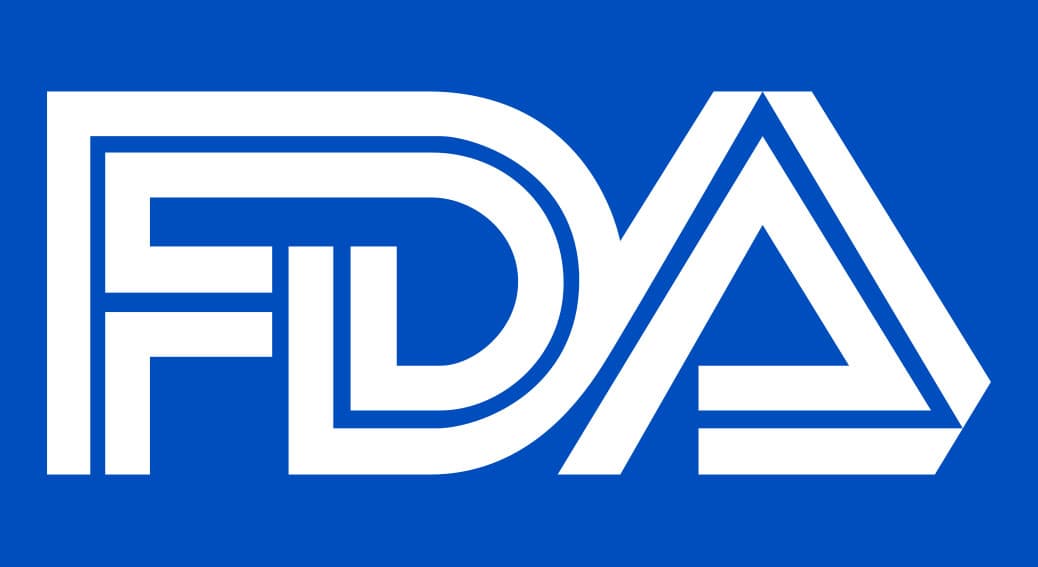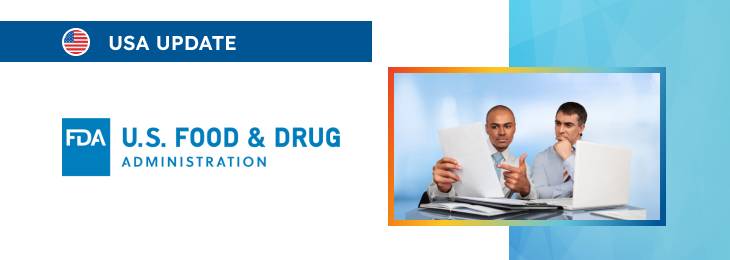The new article describes in detail the aspects of the different types of interactions with the authority within the Q-Submission concept, emphasizing their specific features and use cases

Table of content
The Food and Drug Administration (FDA or the Agency), the US regulating authority in the sphere of healthcare products, has published a revised draft guidance document dedicated to the Q-Submission program introduced to provide medical device manufacturers and other parties involved with the opportunity to obtain substantive feedback from the authority.
Once finalized, the guidance will provide non-binding recommendations and clarifications to be considered by the relevant stakeholders to ensure compliance with respective regulatory requirements.
At the same time, it is essential to mention that FDA guidance documents are non-binding in their legal nature, nor are they intended to introduce new rules or impose new obligations.
Moreover, the authority explicitly states that an alternative approach could be applied, provided such an approach is in line with the existing legal framework. It has been agreed with the authority in advance.
According to the guidance, the scope of FDA interactions extends beyond the predefined categories of the Q-Sub Program, encompassing a broad spectrum of engagements that cater to evolving industry needs and regulatory frameworks.
The present draft guidance describes the details of these interactions, highlighting the flexibility of the Q-Sub Program and outlining the avenues for both formal and informal FDA feedback outside the Q-Sub framework.
Other Uses of the Q-Submission Program
The FDA offers significant flexibility in accommodating interactions outside the conventional Q-Sub types through the innovative use of the Informational Meeting Q-Sub.
This mechanism effectively tracks various interactions, including:
- Feedback requests on cross-cutting policy matters or submission strategies.
- Recognition of publicly accessible genetic variant databases.
- Discussion on study design elements not covered under Pre-Submissions.
- Combination Product Agreement Meetings (CPAMs).
- Feedback on quality and compliance matters during early product development stages.
These applications demonstrate the program’s adaptability, using the Informational Meeting Q-Sub as a tracking tool for interactions lacking a dedicated Q-Sub category, thereby ensuring feedback is provided as appropriate.
The Informational Meeting Q-Sub serves dual purposes: facilitating discussions on specific topics without expecting immediate feedback and acting as a versatile tool for tracking a wide array of interactions, enabling the FDA to provide input on complex or emerging issues.

Interactions Not Within the Q-Submission Program
The FDA also supports various informal interactions that do not necessitate a formal submission, including:
- Administrative queries or procedural clarifications.
- Teleconferences or emails discuss general policies, procedures, or clarifications.
- Interactive review communications during active FDA review phases.
- Inquiries are answerable through the FDA reviewer’s knowledge without extensive review.
Such informal engagements allow for expedient communication on straightforward matters, enhancing efficiency in regulatory processes.
Formal Interactions Requiring Alternate Submissions
It is also mentioned that specific requests require formal submissions outside the Q-Sub Program, such as:
- Appeals to the CDRH or CBER appeals processes.
- Requests for Designation (RFD) or Pre-RFDs to clarify product classifications.
- Section 513(g) Requests for Information on device classification or applicable requirements.
- Emergency Use Authorization (EUA) discussions and submissions.
- Total Product Life Cycle (TPLC) Advisory Program interactions.
These formal routes provide structured mechanisms for addressing more complex regulatory questions or disputes, ensuring clarity and compliance in product development and marketing.
Conclusion
The document provides additional clarifications regarding various interactions with the authority permitted under the existing legal framework. The guidance outlines specific features of such interactions and explains the situations when they would be appropriate. Recommendations provided in the guidance are intended to be followed by medical device manufacturers and other parties interested in placing their products on the use market and requesting additional feedback from the authority in this respect.
How Can RegDesk Help?
RegDesk is an AI-powered Regulatory Information Management System (RIMS) designed to simplify global compliance for medical device companies. With regulatory intelligence covering 120+ markets, RegDesk helps you prepare and publish global submissions, manage standards, conduct impact assessments, and stay ahead of regulatory changes all from a single, centralized platform. Expanding into new markets has never been easier.

